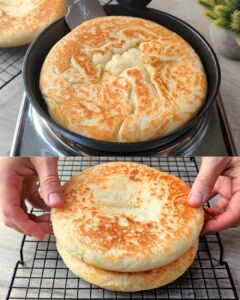Introduction:
Buttermilk bread is a beloved classic that boasts a soft, tender crumb and a slightly tangy flavor, thanks to the addition of buttermilk. This homemade bread is a versatile staple that pairs well with sweet or savory toppings and is perfect for sandwiches, toast, or simply enjoyed on its own. While the recipe for buttermilk bread may vary slightly from one baker to another, there’s no denying its comforting aroma and delicious taste straight from the oven.
Origin and Cultural Significance:
Buttermilk bread has roots in traditional bread-making techniques passed down through generations, particularly in regions where buttermilk was a common byproduct of butter production. While the exact origin of buttermilk bread is unclear, bread recipes using buttermilk have been enjoyed in various cultures for centuries. Today, buttermilk bread remains a popular choice in home kitchens and bakeries alike, cherished for its simplicity and versatility.
Ingredients Quantity:
- Warm water: 240 milliliters (1 cup)
- Active dry yeast: 7 grams (2 1/4 teaspoons)
- Granulated sugar: 25 grams (2 tablespoons)
- Buttermilk: 240 milliliters (1 cup)
- Unsalted butter, melted: 60 grams (1/4 cup)
- Salt: 10 grams (2 teaspoons)
- All-purpose flour: 500 grams (about 4 cups)
Optional Additions:
- Honey or maple syrup for added sweetness
- Herbs or seeds for extra flavor and texture
- Rolled oats or whole grains for a hearty variation
Instructions:
- In a small bowl, combine the warm water, active dry yeast, and granulated sugar. Stir gently and let it sit for about 5-10 minutes, or until the mixture becomes frothy.
- In a large mixing bowl or the bowl of a stand mixer fitted with a dough hook attachment, combine the buttermilk, melted unsalted butter, and salt.
- Add the yeast mixture to the bowl and stir until well combined.
- Gradually add the all-purpose flour, mixing until a soft dough forms. You may need to adjust the amount of flour slightly depending on the humidity of your kitchen.
- Knead the dough on a lightly floured surface or in the stand mixer for about 8-10 minutes, or until the dough is smooth and elastic.
- Place the dough in a greased bowl, cover with a clean kitchen towel or plastic wrap, and let it rise in a warm, draft-free place for about 1-2 hours, or until doubled in size.
- Once the dough has risen, gently punch it down and shape it into a loaf.
- Place the shaped dough into a greased loaf pan, cover again, and let it rise for another 30-45 minutes, or until it fills the pan.
- Preheat your oven to 375°F (190°C).
- Bake the bread in the preheated oven for 30-35 minutes, or until the top is golden brown and the bread sounds hollow when tapped on the bottom.
- Remove the bread from the oven and let it cool in the pan for a few minutes before transferring it to a wire rack to cool completely.
- Once cooled, slice and serve the buttermilk bread with your favorite toppings or enjoy it plain.
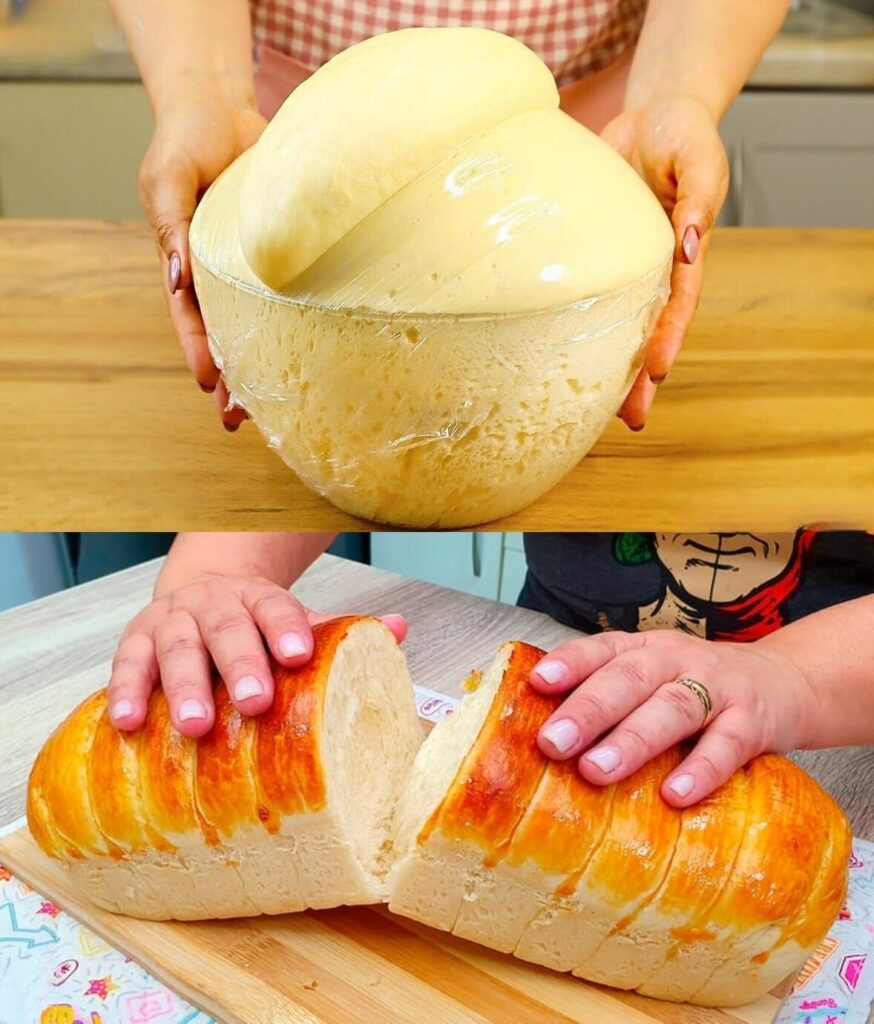
Tips for Success:
- Ensure the water used to activate the yeast is warm, but not too hot, to avoid killing the yeast.
- Use fresh, active dry yeast for the best results.
- Allow the dough to rise in a warm, draft-free place to encourage proper fermentation.
- Adjust the amount of flour as needed to achieve the right consistency of the dough.
- Experiment with different additions to customize the flavor and texture of the bread to your liking.
Nutritional Information:
(The nutritional values may vary depending on the specific ingredients and serving sizes.)
Conclusion and Recommendation:
Buttermilk bread is a timeless classic that brings warmth and comfort to any table. With its soft texture and slightly tangy flavor, this homemade bread is a versatile staple that pairs well with a variety of dishes and toppings. Whether enjoyed fresh out of the oven with a pat of butter or used to make sandwiches for lunch, buttermilk bread is sure to be a hit with family and friends. So why not try your hand at baking this secret recipe and savor the simple pleasure of homemade bread?
- Zucchini and Tuna Bake
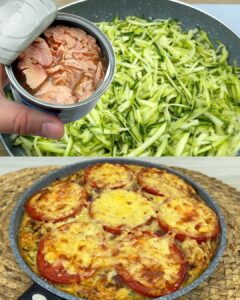
- Zucchini Halves Stuffed with Tomato, Cheese, and Herbs

- Simple Blender Coconut Cake
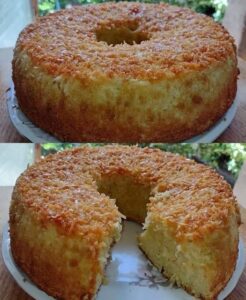
- Bread Rolls with Sesame Seeds
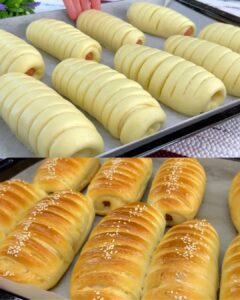
- Lemon Meringue Pie

- California Spaghetti Salad
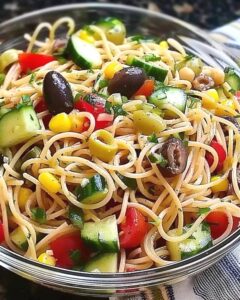
- Kentucky Butter Cake
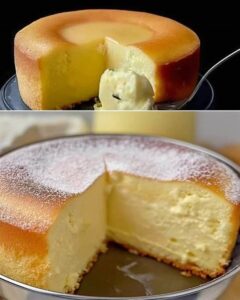
- Marinated Cucumbers, Onions, and Tomatoes

- Cheeseburger and Fries Casserole

- Muffuletta Sliders
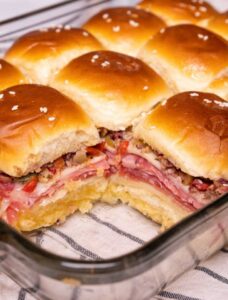
- Chinese Beef and Onion Stir Fry

- Orange Creamsicle Freezer Pie
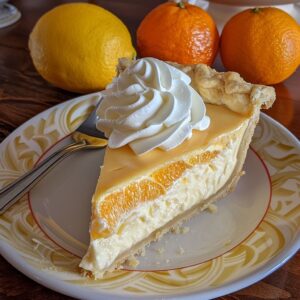
- Pineapple Lemonade Punch

- Classic Chicken Caesar Pasta Salad
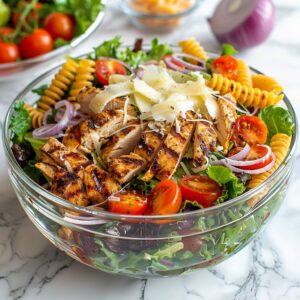
- Delicious Breakfast Bread
